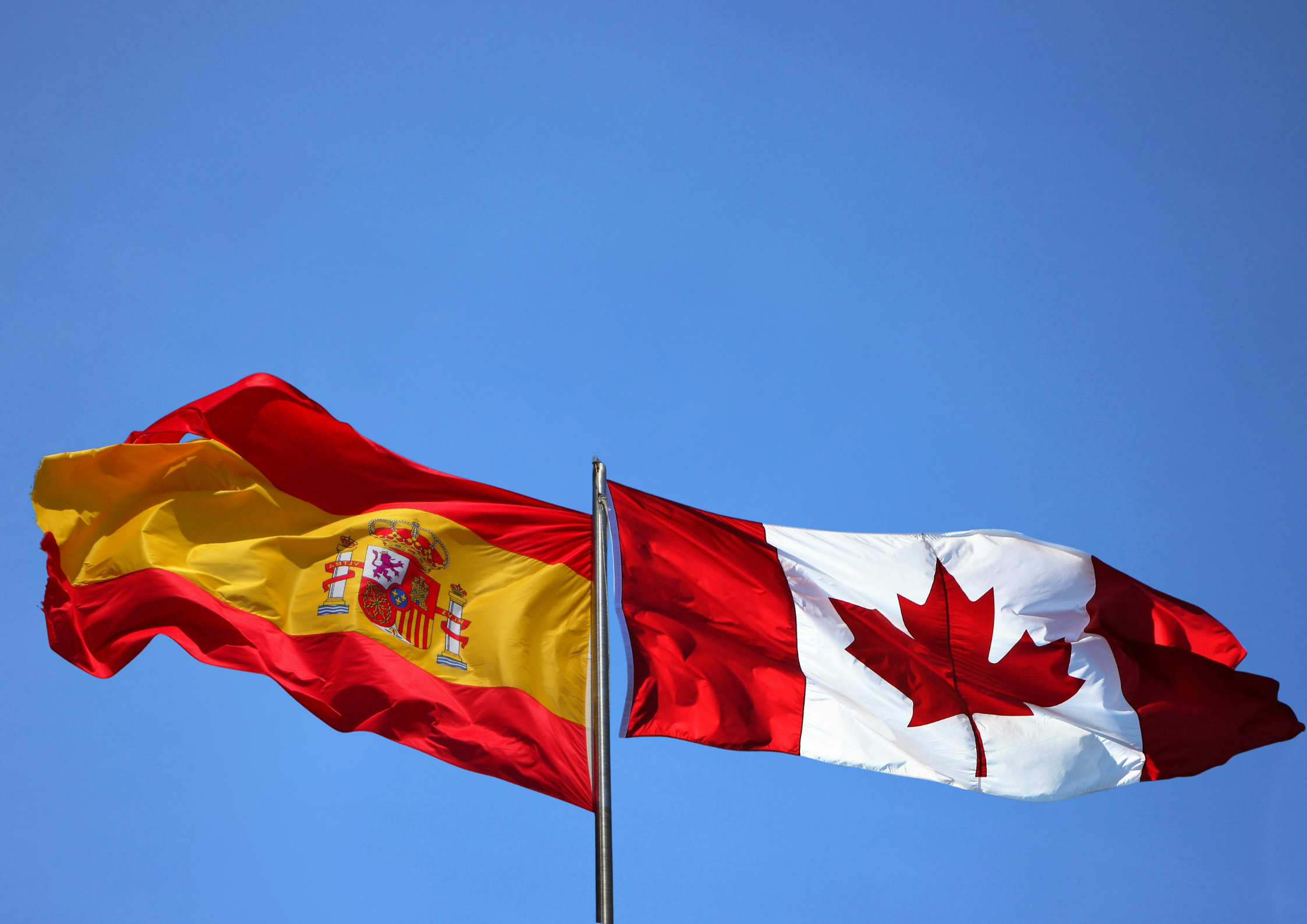Single Blog
Eduardo had spent five years building a steady software engineering career in Madrid and wanted...
Eduardo’s Journey: Immigration to Canada from Madrid
septembre 16, 2025
Eduardo had spent five years building a steady software engineering career in Madrid and wanted a clearer long-term plan: better job opportunities, international mobility, and a family-friendly healthcare system. He had heard about programs that help people immigrate to Canada but found the options confusing and the steps unclear. He reached out to Canada GMC hoping for warm, practical guidance and a reliable plan.
How our process works (what Eduardo experienced)
At Canada GMC, we keep the journey human and straightforward:
Telephone consultation: Eduardo booked a relaxed call to talk through his background, goals and options. Our advisers listen first and then map the next steps.
Clear written evaluation: A few business days after the call, Eduardo received a friendly, easy-to-read evaluation that explained which visa routes would help him best immigrate to Canada and what to prioritise.
Career Development & job support: While the paperwork moved forward, our Career Development team worked with Eduardo on CV polish and job matching so he had a concrete employment plan in Canada.
Application support: With a route chosen and professional support underway, Canada GMC helped Eduardo assemble documents, prepare his Express Entry profile and navigate the final submission
The Challenge
Eduardo’s hurdles were common but important to address:
Employment evidence: His employer letters were informal and didn’t include the detail IRCC likes to see.
Education equivalency: His Spanish degree needed an Educational Credential Assessment (ECA).
Language score: He wanted to improve his English test result to be more competitive in Express Entry.
Family inclusion & funds: He wanted to include his spouse without unnecessary disruption to their finances.
He also wanted realistic timelines and didn’t want to leave his job until things were well underway.
Canada GMC’s approach (friendly, practical support)
After Eduardo received his evaluation and chose Express Entry, the team focused on simple, high-impact work:
Plan & weekly updates: Small goals so the process stayed calm and steady.
Document checklist & templates: Employer-letter templates and a clear evidence roadmap made paperwork straightforward.
ECA guidance: Help choosing and tracking an ECA provider so educational equivalency was handled correctly.
Career Development: Job-matching and application coaching that helped Eduardo secure a role aligned to his skills — a practical move that supported his plan to immigrate to Canada and eased the relocation logistics.
Language coaching: Focused practice on the parts of the test that moved the needle for CRS points.
Profile setup & QC: Careful Express Entry profile assembly and a final quality check to reduce follow-up requests.
Final application support: Help compiling medicals, police certificates and proof of funds for a tidy submission.
Throughout, the tone was encouraging and pragmatic — small steps and clear advice.
Timeline & milestones (Eduardo’s path)
Week 0: Telephone consultation and decision to proceed with an evaluation.
Days 3–5: Written evaluation delivered (visa types and recommended route).
Week 1–4: ECA submitted and tracked.
Week 2–8: Language work and testing — target band achieved.
Week 3–8: Career Development engaged — role identified and secured to support the move.
Week 6–9: Express Entry profile created and submitted.
Week 12: Invitation to Apply (ITA) issued.
Weeks 13–20: Final application compiled (medicals, police certificates, proof of funds) and submitted.
Month 7 from start: Permanent Residency approved (Eduardo and Sofia).
*Note: times reflect Eduardo’s case; individual experiences vary. See more about timelines on the official website.
What made the difference
Early clarity: Receiving a clear evaluation a few days after the call gave Eduardo confidence and a roadmap on how to immigrate to Canada.
Career Development support: Securing a relevant role while applying removed huge stress and made preparations practical.
Tidy documents: Clean employer letters and organised evidence meant fewer delays.
Focused language improvement: A one-band increase in his test score had a disproportionately positive effect on CRS.
Ongoing support: Regular check-ins and quick answers from our team kept the process calm and predictable.
Results
ITA received roughly three months after profile submission.
Permanent Residency approved about seven months after Eduardo started the process (family included).
Eduardo said the combined immigration and career support made the move feel achievable and warmly supported.
Eduardo’s testimonial
“We thought we could do this on our own, but having someone walk us through each step made all the difference. The initial call and the clear evaluation gave me confidence. The career team helped me find a job and I started working the week we arrived. It felt like they covered every step, the whole time.” — Eduardo
Practical checklist — what Eduardo completed to immigrate to Canada
Book a telephone consultation to talk through options.
Receive a written evaluation listing his eligible visa routes.
Request an ECA for foreign qualifications.
Prepare for and complete an English test (aim to exceed the CLB target).
Obtain detailed employment letters (start/end dates, duties, salary, employer contact).
Engage Career Development if you’d like help finding a job before you move.
Gather certified ID, birth/marriage certificates and arrange translations where needed.
Order police certificates and schedule medicals as instructed.
Keep scanned copies and an organised folder of originals.
Lessons for other applicants
A friendly, practical evaluation early on helps you focus on what really matters — and reduces wasted effort if you plan to immigrate to Canada.
Job support while you apply takes enormous stress out of relocation and makes your plan realistic.
Small technical fixes (cleaner letters, a one-band language improvement) can have big effects on Express Entry competitiveness.
Break the work into weekly milestones to keep momentum without burnout.
Final note
If you want to immigrate to Canada, combining clear guidance, a short evaluation and hands-on career support can make the whole process feel friendly and achievable. Eduardo’s case shows how practical help and steady steps turn a stressful process into a confident move.
Book a consultation here to start moving forward with your feet planted on solid foundations!
